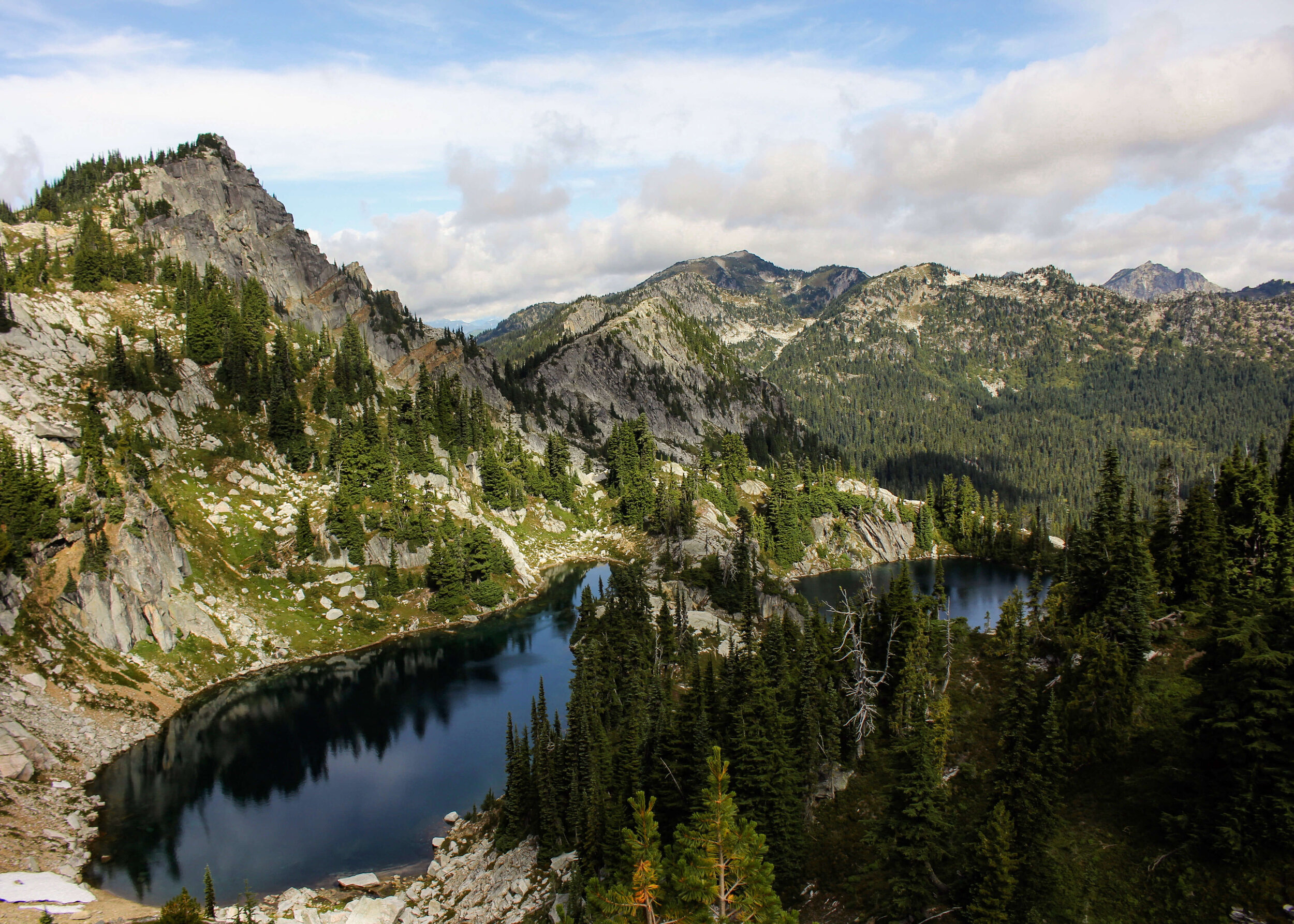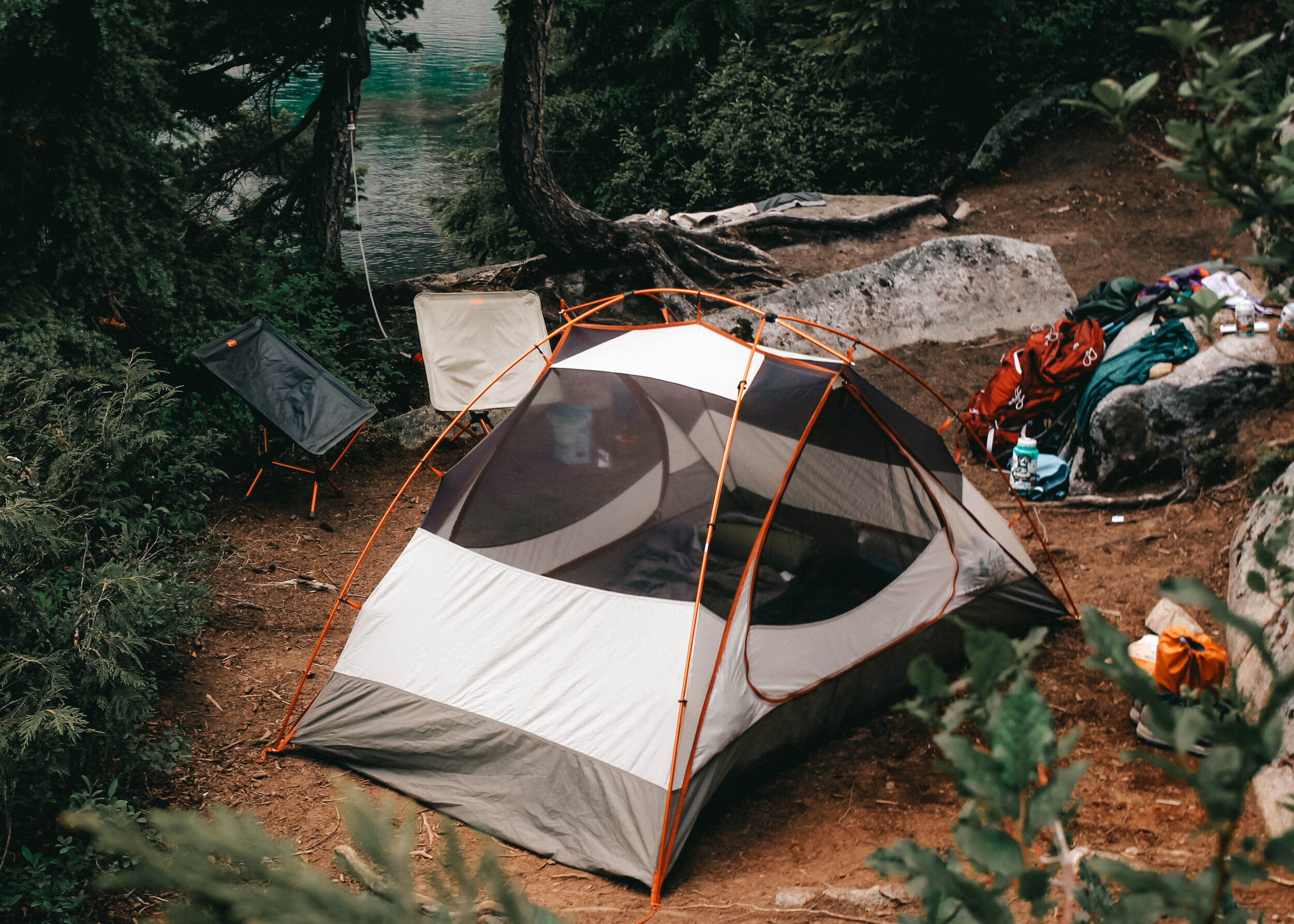Hiking 101: Trail Etiquette
LEARN the basics of trail etiquette so that you can be a respectful trail hiker.
THIS IS PART 4 IN MY HIKING 101 SERIES THAT COVERS HIKING AND BACKPACKING FOR BEGINNERS.
As with any sport or activity, there are “rules of the road” or ways to be considerate while recreating. Hiking and backpacking are no exceptions. The importance of trail etiquette is two-fold: (a) it provides hikers with more pleasant outdoors experiences, and (b) keeps the environment pristine. Some of the tips I’ll mention are no-brainers, i.e. don’t litter, while others may not be quite as obvious. By the end of this post, you will have learned the ins and outs of trail etiquette to be a respectful and mindful hiker!
Psst, if you need to back up to the beginning, check out Part I of my hiking series for beginners, How to Find Amazing Hikes.
Table of Contents
1. Leave No Trace
2. Right of Way
3. Music
4. Trash
5. Driving
Let’s begin at the most obvious starting point: The 7 Principles of Leave No Trace. These are well known in the hiking community and serve to minimize our impact to the landscape. Beginners should reference these before stepping on the trail, though avid explorers may learn something new as well.
1. Plan Ahead & Prepare
Know the weather and terrain so you can pack accordingly and avoid sticky situations. Also check if restrictions and regulations are in place, such as parking rules, group size maximums or private land boundaries.
2. Travel & Camp on Durable Surfaces
When vegetation is damaged due to trampling, plants and organisms are unable to grow. While your step may seem small like a small impact, it has a ripple effect and can reduce food sources for insects and wildlife. Stay on marked trails and camp on tolerant surfaces like rock, sand or packed down dirt.
3. Dispose of Waste Properly
When you gotta go, you gotta go. That’s just the way it is. If so, dig a 6-inch cat hole and do your business. For dogs, pick it up and pack it out. For cleaning and hygiene products, use biodegradable products. When urinating, be sure to do so at least 200 feet away from a water source.
4. Leave what you Find
Don’t carve your initials in a tree (what’s the point anyway? I’ve never understood…), leave flowers alone and don’t take souvenirs. Leave the place as you found it. Easy peasy.
5. Minimize Campfire Impacts
The world is already on fire, let’s not through proverbial tinder on top of it. Be aware of fire danger levels and only build one only if it is allowed. Use designated pits and fire rings when available and always make sure it is fully put out.
6. Respect Wildlife
Never feed birds (no matter how enticing that bird-on-hand-photo may be!) and keep your distance from wildlife. Give animals a wide berth if you come across them—you’re in their house and they always have the right-of-way.
7. Be Considerate of Other Visitors
Excessive noise, unruly pets and damaged trails take away from the natural experience people seek when hiking. Drones and music can negatively impact someone’s experience, so be courteous and mindful of this when recreating. Also be considerate and share the trial and views.
For additional ideas on how to be respectful and leave no trace, check out 5 Tips for Eco-Camping
While hiking, you will inevitably cross paths with people going up and down so it is important to know who has the right of way, especially on narrow trails.
The general right-of-way rule
Uphill hikers have the right of way. They are doing the harder work and it’d be a real shame if they lost their momentum.
There are exceptions
Hiking can be situational so it’s important to communicate with other hikers, such as a simple wave to come up or down. Here are common situations where it’s good to use your judgement and communicate:
Backpackers | If I’m day hiking I will almost always give backpackers the choice no matter the direction. If I’m heading uphill and see someone with 30 pounds on their back coming down, I’ll pull over to let them pass if they’d like to. If I’m going down hill, I also give them a chance to choose; even though they have the right of way, sometimes they want a break.
Large groups | If there’s a big group coming down I’ll step aside to let them pass first. It’s much easier for one person to pull over than six.
When pulling off to the side to let others pass be careful of where you step. Avoid stepping on plants and greenery as much as possible. If you’re a speedy hiker and need to pass someone going the same direction as you, just give a polite verbal warning that you’d like to pass and be on your merry way!
There you are on the trail, taking in the towering trees and the chirping of birds as they wake the forest for the day, the only sound is your breath and the crunch of a stick as you step—MY WRIST, STOP WATCHIN’, MY NECK IS FLOSSY!
A portable speaker strikes again!
Everyone loves good tunes and you may know you have great taste in music and are eager to let the world know it, but there is a time and place for it. Hiking is not one of them. Many hikers seek solitude when taking to the trail and suddenly hearing Ariana Grande while basking in the sound of nature can be off-putting to say the least. When hiking, be respectful of your fellow hikers and don’t play music on speakers. It’s important to be aware—and hear—your surroundings, but if you are compelled to listen, consider headphones.
The exception to the rule
Two words: bear country. When hiking in a place where bears are known to roam it is ideal to make consistent sounds to deter them from approaching. Some people wear bear bells, others sing loudly, and music lovers may rejoice because this is the place to play those tunes on that speaker. (Keep in mind that bears have good hearing, so resist the urge to put on a whole concert in the woods.)
This is a very simple one, yet not often well practiced: pack it in, pack it out.
Oftentimes, people don’t mean to litter; things get blown away or fall out of pockets. If you’re eating a wrapped snack, make sure you’ve safely tucked away the wrapper. Also keep in mind that even though fruit is biodegradable it still takes time to break down and wildlife can get to it. Pack out peels, people!
Most trailheads have receptacles to dump trash in but sometimes they get full since the forest service can’t get to them everyday. Make sure to pack out what you pack in and take it home if the bins are overflowing. Yes, that includes your dog’s poo. On that note, be respectful of any signs on trash bins, such as “no human or dog waste,” which means what it says—don’t put human or dog waste inside of it. It’s tempting, but kindly refrain.
Hiking etiquette extends beyond the trail. Forest roads to trailheads come in all shapes and sizes; some are smooth as can be while others are gnarly stretches of pothole-ridden madness. If you want to take it slow, great—keep that car in good shape! However, if you have cars behind you, pull over to let them pass if the road allows it. Don’t get me wrong, I respect a Prius or Tesla slowly making their way to the trailhead, but an SUV with high-clearance can get there much faster.
When parking, make sure you are in a safe spot that doesn’t make accessing the trailhead harder for others and only take up the space you need so that everyone can fit.







